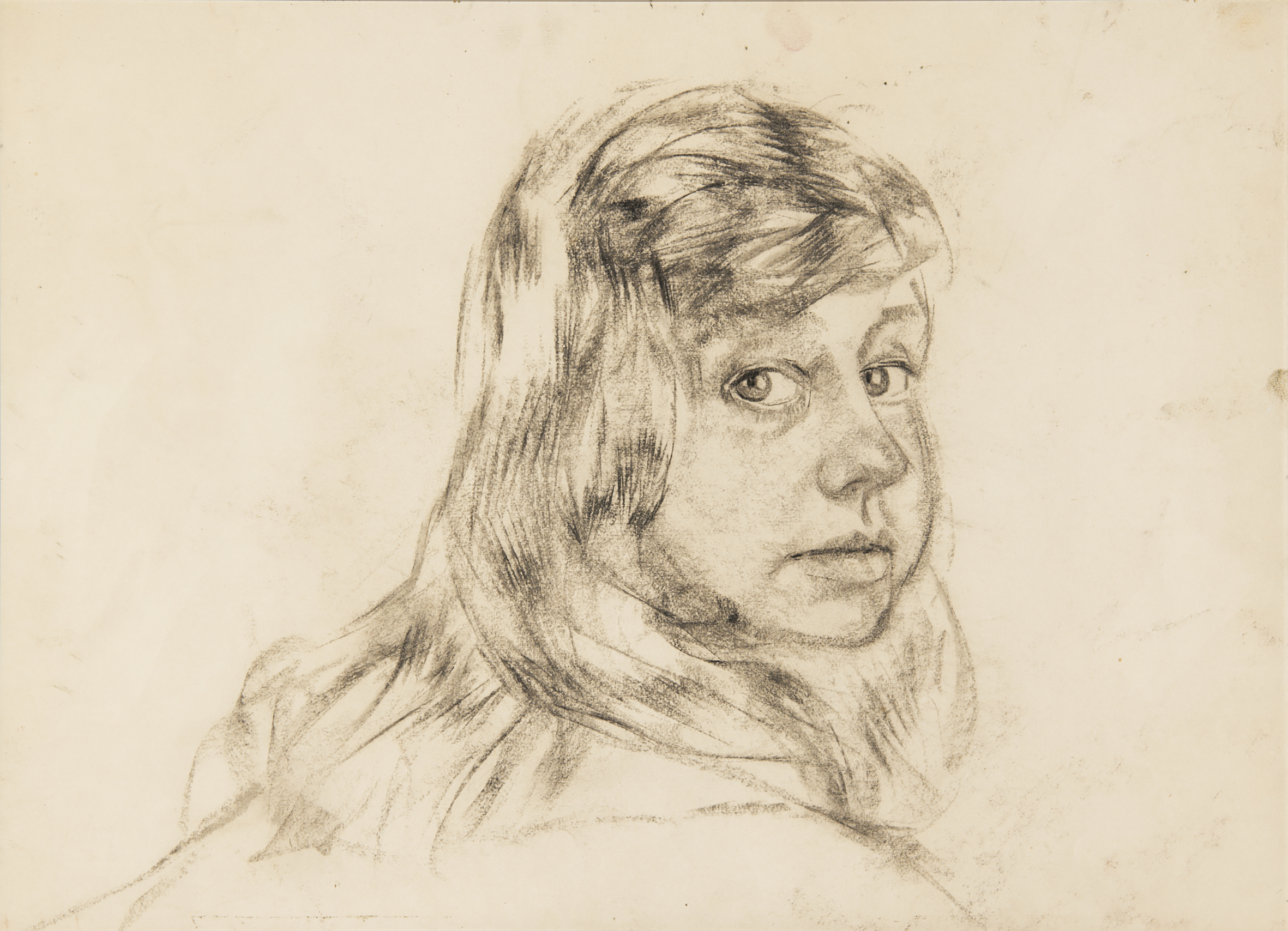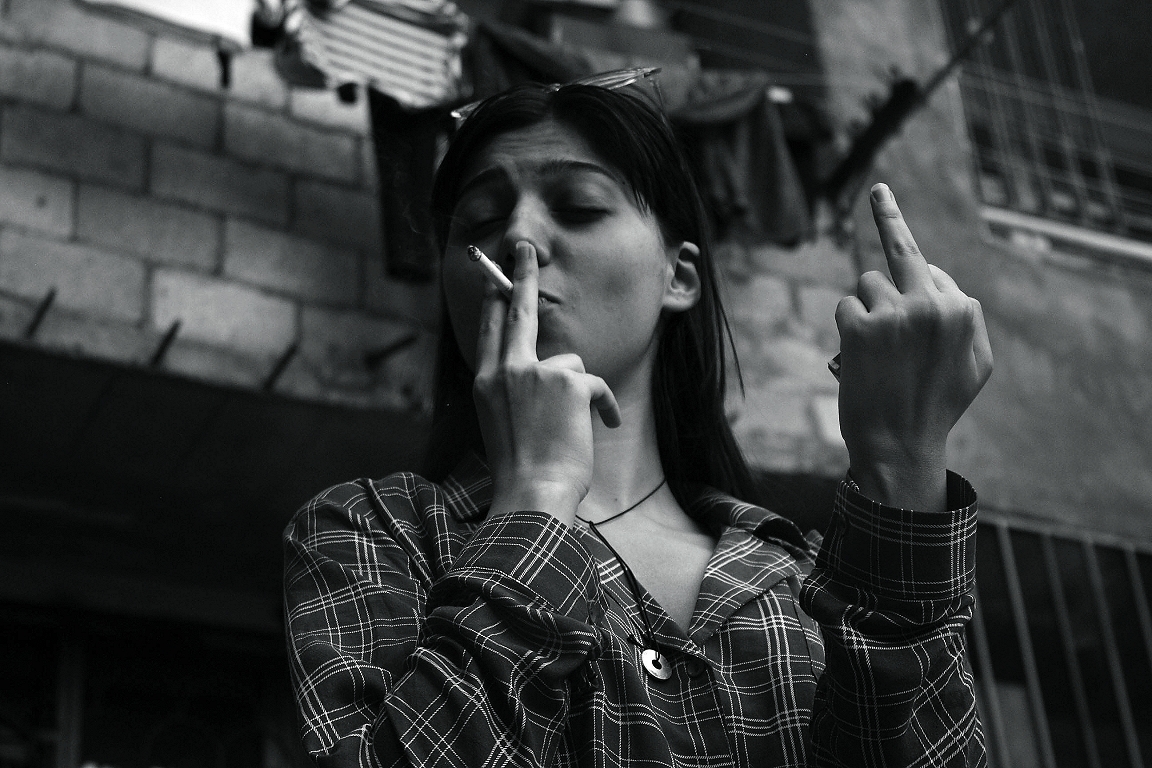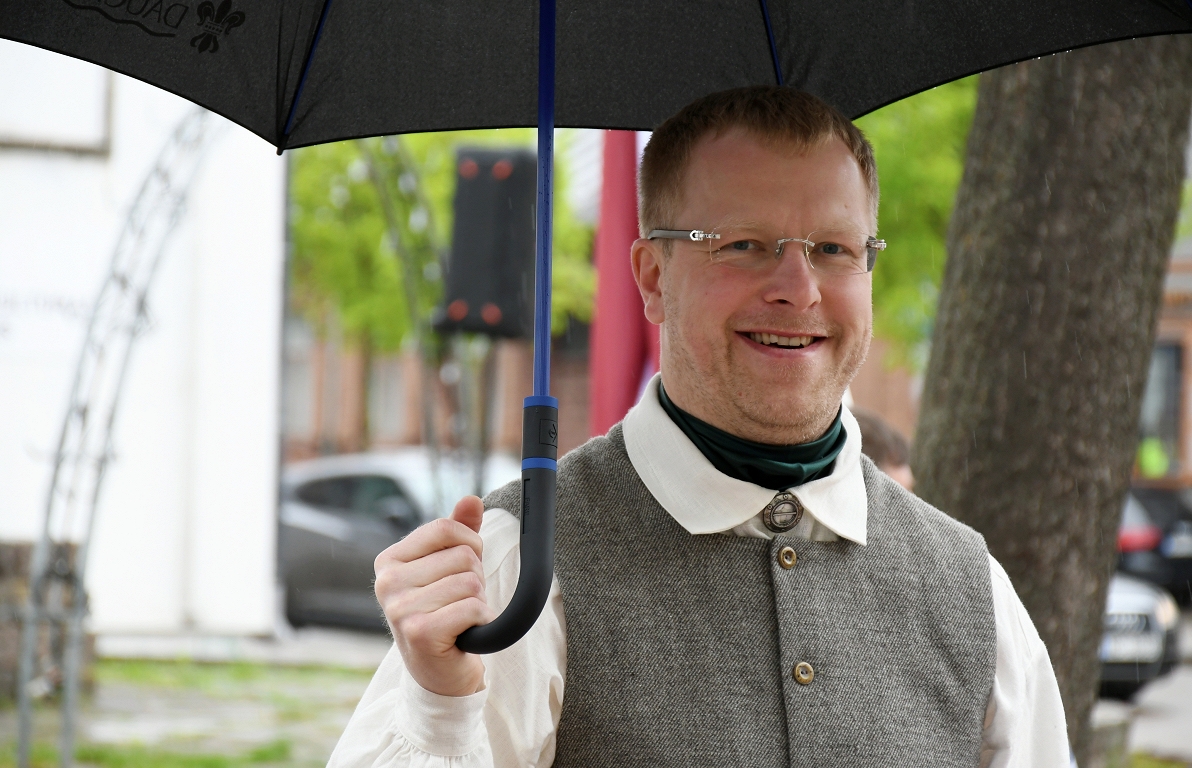Queen’s anniversary of the pastel. Felicit Pauluk’s Centennial Exhibition Tower Review / Day

The Queen of Pastel, Art Nugget and Valuable Gemmen in the History of Latvian Art Felicita Pauluk (1925-2014) was named due to the exhibition at the Latvian National Museum of Art at the end of 2016 and early 2017 (Ansis Vasks, Queen of Pastel, Studio, 2017, No. 112, p. 48 – 49). The event then started the show cycle Generation – presentation of Soviet occupation artists, which must at least partially compensate for the lack of permanent exposure of the period.
It may seem that Felicita Pauluk’s name is quite well known. The outstanding drawer, whose studies in the painting department of the Latvian Academy of Arts coincided with the tragic time of World War II and post -war Stalinism, made a significant contribution to many ambitious exhibition projects. Some examples are Latvian pastel painting. 20th century (2002, catalog Pastel in the collection of the Latvian National Museum of Art2010), exhibition and catalog Portrait in Latvia. 20th century. Facial expression (2018 – 2019) and countless other group exhibitions. The album dedicated to the artist in the series Our artists ((Felicita Paulukcomp. Rita Šmagre, Riga: Flame1986) as well as a wider catalog (Felicita: Felicita Pauluka: Catalog of works collections, Head. red. Zigurds constant, comp. Baiba Circene, Riga: Thought1999). However, the work done decades ago does not mean that you can do without a continuation and recess today.
Felicita Pauluk. Self -portrait. The 40s of the 20th century. Paper, charcoal. 42.5 x 58 cm. Photo – Renar Derrings
Far from the idyll
The research current of this century inevitably involves the highlights of new angles, including in a feminist cut. Expressive Color Substance virtuoso painter John Pauluk’s letter publication (Love you, composition. Ingrida Burane, Riga: Science, 2022) In its turn, the relationship between John and Felicita Pauluk was warranted in a ten -year marriage of a lovely creative personality idyll. They were also played at the Latvian Contemporary Art Center exhibition Between us all right (2024). « The case of sensual pastel author Felicita Pauluk has become angry with artist Ingrid Pichukan. In collaboration with art historian Mont Cimdiņš, she has drawn Pauluk’s life line on the walls of the room and issued crazy fragments from Jānis Pauļuk’s letters to Felicita. Commenting fragments of the fact of violence from the former publications « (Aiga Dzalbe, Apartment with cabinets, KDI, 04.04.2024). Exposed works of Felicitas Pauluk lead to reflection on « Woman’s View of Woman »; In the same exhibition, all of us well included in the image of photographer Zenta Dzidzinskas have already been discussed, while Felicita Pauluka is still interpreted. The ways in which the experienced and experienced influenced the perfect handwriting of Janis Pauluk’s music, model and beauty, would certainly be an extensive, exhaustive, modern monograph that is just waiting for its author.
At the same time, the 100th birthday is an infinitely grateful moment for the highlight of every artist. Galleries Daugava The offer is not expected to be involved in the audit of Felicita Pauluk, the exhibition is entered with an essay, as if in one breath, which is involved in a separate biography facts and, overall, the spiritual symbiosis of both artists – John and Felicita Pauluk – in which they both had nothing holier than art.
Chosen for the title of the exhibition Towernamely, Felicita Pauluka’s workshop in the corner of Lacplesa and Avotu Streets, which can also be seen in photographs of John Deanat and shows not only a breathtaking perspective, but also the artist himself from behind, inevitably evokes associations with the « ivory tower » It is also not excluded that this tower was a known analogue of writer Virginia Wulf’s « her own room » – a space where a woman can concentrate smoothly for creativity.
Modiljani
In the annotation of the exhibition, art analyzes are gradually, but the comparison with the Paris School Modernism icon, the stormy bohemist Amedeo Modilian (1884-1920), who entered the history of art as an example of a tragically unrecognized genius. His women’s portrait and a range of acts, which have gained more attention after the death of the author, are marked with the lack of a particular avant -garde direction – Cubism, expressionism or futurism. « These women are something of Modilian models, only more realistic, closer to human passions. (..) Not as ascetic as Modilian painted, they are more of the daughter of the Earth » (from the annotation of the exhibition). Significantly, the « modillion » element infiltrated in Latvian art precisely with the artists – the other impulse adapter is no less championship Latvian art personality Biruta Baumane.
Felicitas Pauluks stand out from the works to be viewed in this regard Act. Sleeping (No. 20) with a diagonal posture, dark almond -shaped eyes and a warm top of the background, which corresponds to the acts of modilian. In turn, the deeds of sitting acts are noticeable in the acts of Felicitas Pauluka Coquette (No. 18) and Act. Sitting (No. 29, 1962). More individualization also looks like an important difference from Modiljani’s more unified images, influenced by a certain stylization in the direction of African’s favorite African masks. « The act is like an expanded portrait involving the whole body and expressing human nature » (Rita Šmagre, Felicita Pauluk, Riga: Flame, 1986, no p.).
Overdo
Returning to the question of whether a woman portrays a woman differently than a man, it has been assumed that the result will be less beautiful, more realistic, closer to life and experience. etc., because it does not provide a distant, lust -tinted man’s gaze. True, these differences should be seen in the context of the overall decline in the academic tradition, which was already marked in the 19th century, but was fully manifested in the past until complete abstraction and deconstruction. Just as well, of course, it can be said that the idealization itself is a product of male art development. How beautiful are Felicitas Pauluk women? Emphasizing their ugliness sounds excessively, but bodies really often have accented cornerness, pronounced meager, very massive feet and wrists (Act, no. 24, 1974; Act. Sittingno. 26).
This is not just about acts. The portraits of well -known personalities are also prevalented by human, not emphasized feminine qualities. In this exhibition, such examples are portraits of colleagues in the world of art – Rita Einberg (No. 23, 1972) and Mara (No. 27). It seems that the characteristic artist is slightly exaggerated, but only a little so that the result does not become groteski caricaturating, maintaining a common impression of harmonization – a trait that is often accentuated as a general, unifying specifics of Latvian art.
The variety of techniques
The acts were also created in carbon drawing techniques, which were particularly typical of Felicita Pauluka’s « harsh style » cycles of the 50th -60th. In the years, when she portrayed Donbass miners, Saaremaa fishermen, etc. tml. At that time, undeniably sought -after tips, without hesitating to rough and ugly. At the same time, the realistic scope of texture effects was retained later. Another 60-70. The scope of years was illustrations for the children’s magazine Pupil; A series of flinning with athletic children skiing, bicycle, balls, etc. are also exhibited. tml. Here, the artist is basically playing with rhythmically arranged, applicable silhouettes in joyful colors that express an energetic, optimistic copper.
Expanding pastel master amplaa, the exhibition also includes some paintings in other techniques, such as oil painting Act. Sleeping (No. 30, 1962). Its noticeable, dark figure contour, warm -cooled body tones rich spectrum and unobtrusive delicate modeling are close to Biruta Baumane’s acts.
The gallery collection team does not include the most famous works of Felicitas Pauluk, including the portrait of Regina Lake (1973), Act. Eric (1975); the expressive double -portrait Juris and Andrejs Germanis (1977), Portrait of Bruno Vasilevsky (1976) and others. This gives you a wider picture of the range of work without limited to some of the most popular. However, the gallery visitors would also be useful to conspiritors, clearly structured biographical news, given that the younger generation may have no prior knowledge at all. Another aspect that can be learned not from the exhibition itself, but from LTV Cultural News (May 13 The drawn line is what it is) – Baiba Vegere, the creator of the exhibition (essentially curator), is another important Latvian pastel painting spokeswoman, whose stylistics of Felicita Pauluk’s handwriting echoes are not difficult to find; He can even be indirectly referred to as Pauluk’s pupil.
Felicita Pauluk’s Baiba vegers have been portrayed in a very modillian job Portrait of painter Baiba’s vegan (1978; Collection of the Latvian National Museum of Art), where the source of inspiration is made by both the posture of the figure, the stretched proportions and the eligible image. However, the above thought that Felicita Pauluk’s works are « more realistic » can also be fully agreed here.
In any case, any insight into the relatively recent history of Latvian art offers both educational dating and reunion with the familiar and original work, especially in the fragile, nuanced pastel technique, has always been and will have something more than reproductions.
Felicita Pauluk
Centenary exhibition Tower
In the gallery Daugava up to 28.VI








